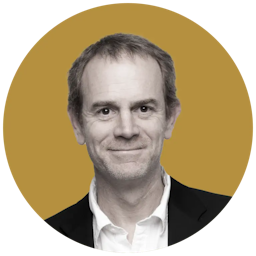Bingo: All Ears on the Fed as Central Bankers Gather for Annual Meeting in Wyoming
There is near universal expectation that the bank will raise interest rates again in September. The questions are by how much, and for how much longer will the Fed be tightening.

In what has become an annual ritual, followers of the Federal Reserve and other economics nerds are filling out their bingo cards in anticipation of Chairman Powell’s speech Friday at the central bank’s annual shindig in Wyoming.
Please check your email.
A verification code has been sent to
Didn't get a code? Click to resend.
To continue reading, please select:
Enter your email to read for FREE
Get 1 FREE article
Join the Sun for a PENNY A DAY
$0.01/day for 60 days
Cancel anytime
100% ad free experience
Unlimited article and commenting access
Full annual dues ($120) billed after 60 days

